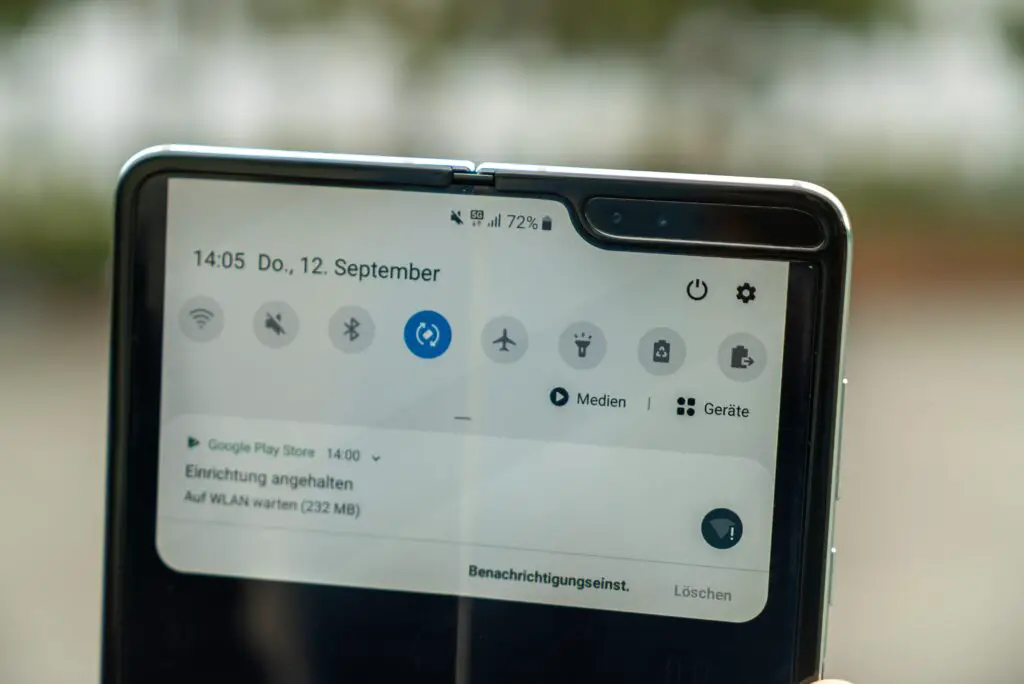LTE (Long-Term Evolution) and 5G (5th generation) are both wireless communication standards for mobile devices, but they differ in terms of speed, latency, and coverage.

Speed: LTE is capable of delivering peak download speeds of up to 300 Mbps and upload speeds of up to 75 Mbps, while 5G promises to deliver peak download speeds of up to 20 Gbps and upload speeds of up to 10 Gbps. In real-world scenarios, LTE speeds are typically around 30-100 Mbps, while early 5G deployments are delivering speeds of around 100-500 Mbps.
Latency: Latency refers to the time it takes for data to travel between the user’s device and the network. LTE has a latency of around 30-50 milliseconds (ms), while 5G promises to deliver latency as low as 1 ms. This low latency is expected to enable applications like autonomous vehicles, remote surgery, and real-time gaming.
Coverage: LTE is a mature technology and has wider coverage than 5G, which is still in the early stages of deployment. LTE covers more than 98% of the US population, while 5G is available in limited areas of major cities. 5G networks are expected to expand over the next few years, but it will take time for the technology to reach rural areas and smaller towns.
Frequency Bands: LTE operates on several frequency bands, including low-band (700-900 MHz), mid-band (1700-2100 MHz), and high-band (2500-2700 MHz) spectrum. 5G operates on a range of frequency bands, including low-band (600-700 MHz), mid-band (2.5-3.7 GHz), and high-band (24-100 GHz) spectrum. The high-band spectrum, also known as millimeter wave (mmWave), is capable of delivering ultra-fast speeds but has limited coverage and requires more infrastructure.
Deployment: LTE is a mature technology that has been widely deployed for over a decade. 5G is still in the early stages of deployment, with several countries launching initial networks in 2019 and 2020. The rollout of 5G is expected to take several years, and it will require significant investment in infrastructure, such as new cell towers and fiber optic cables.
Application: LTE is primarily used for voice and data communication on mobile devices, while 5G is expected to enable a wide range of new applications, including virtual reality, augmented reality, smart cities, and the Internet of Things (IoT). 5G is expected to connect not only mobile devices but also machines, sensors, and other devices.
In conclusion, LTE and 5G are both wireless communication standards for mobile devices, but they differ in terms of speed, latency, coverage, frequency bands, deployment, and application. LTE is a mature technology with wider coverage, while 5G is still in the early stages of deployment and promises to deliver much faster speeds and lower latency. 5G is expected to enable a wide range of new applications, from virtual reality to smart cities, and will require significant investment in infrastructure.
